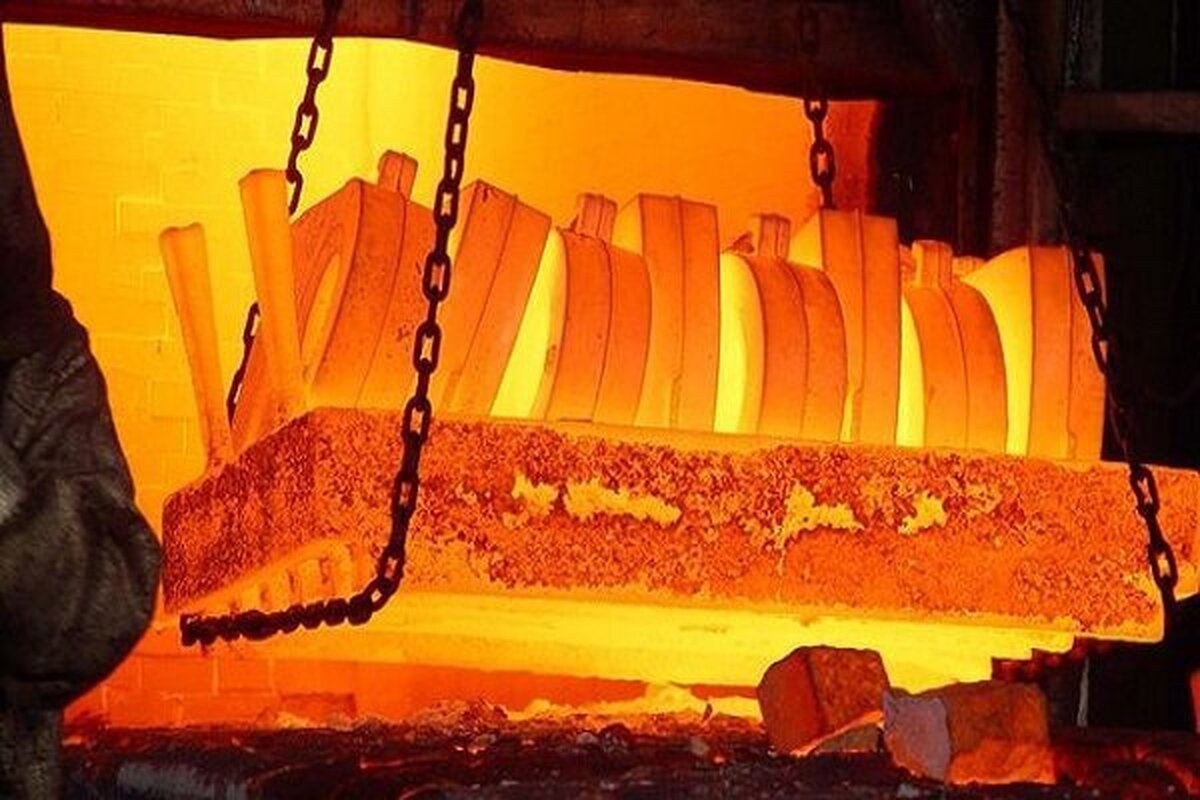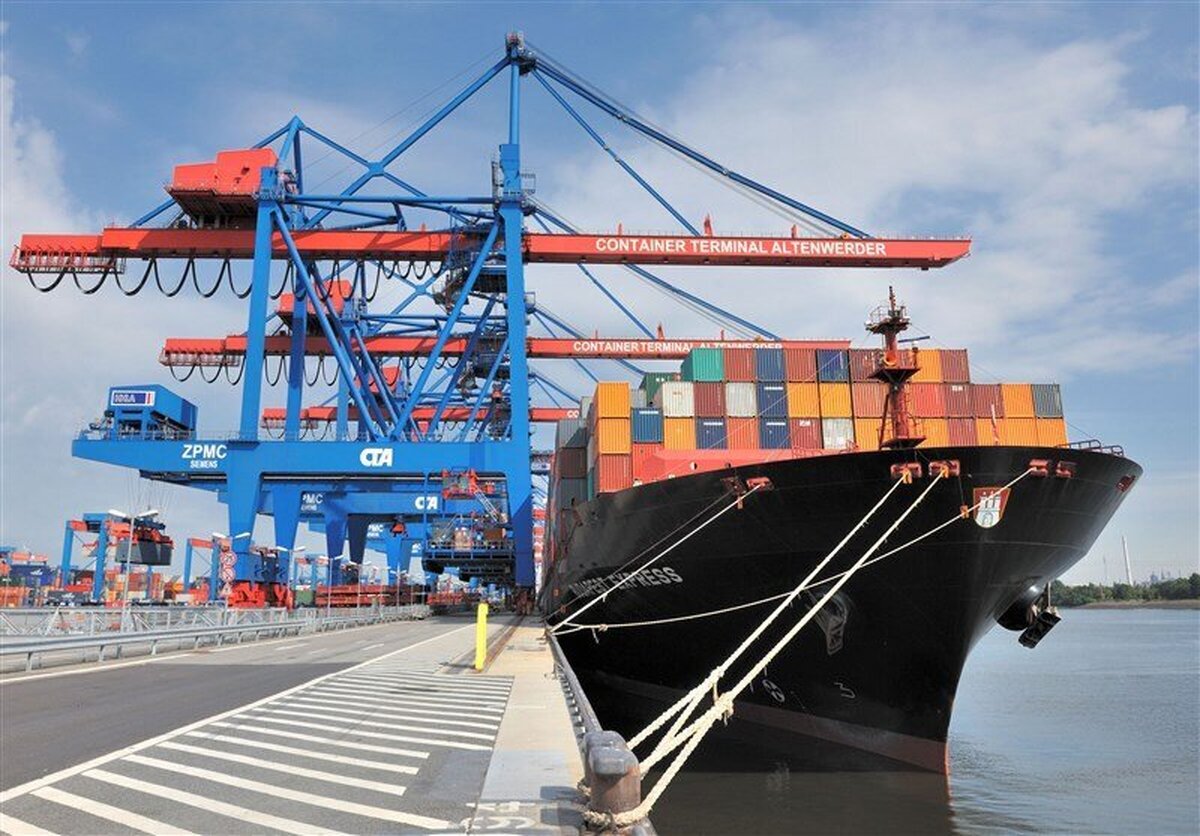
ISPA Explains ‘Suspension’ of Steel Exports to Afghanistan
EghtesadOnline: Iran’s steel exports to Afghanistan have reportedly halted amid the current political and logistical turmoil in the neighboring country, but a member of the Board of Directors of Iran Steel Producers Association denied any suspension of exports, but stressed that steel companies have prioritized domestic steel demand over exports.
“Restrictions have been imposed on Iranian steel exports to all countries due to the priority of meeting domestic needs,” Reza Shahrestani was also quoted as saying by Fars News Agency.
Iran's steel exports to Afghanistan started to dry up several weeks ago but insiders expect this trade to resume within weeks due to the importance of this market and the proximity of some Iranian steel mills to Afghanistan, which makes Iran a natural supplier, S&P Global Platts reported recently.
According to the official, domestic steel output in the past three months declined by 50% due to power outages and therefore, “it was decided that steel companies would first fulfill their obligations to offer their products on Iran Mercantile Exchange before proceeding to export”.
Iran is Afghanistan's biggest steel supplier, typically exporting 300,000–350,000 tons/year to that nation, accounting for around 25% of Afghanistan's total steel imports, according to the sources. The exports mainly involve construction steel rebars produced by Esfahan Steel Company (ESCO) and by Khorasan Steel Company, which is located close to Herat Province in western Afghanistan.
Earlier this year, ESCO signed an agreement to supply steel rails to Afghanistan, according to local reports. Steelmakers in Turkey, Pakistan, China and CIS nations also supply Afghanistan. The country also has some local domestic scrap-based billet and rebar production.
The fall of the city of Herat to the Taliban on Aug. 12 in the group's offensive to take control of the country from the government of ex-president, Ashraf Ghani, was considered a blow to Iranian steelmakers, Platts wrote.
Shahrestani emphasized that “there have been no restrictions on Iranian steel exports to Afghanistan due to the presence of the Taliban or other factors” and added that the reason for suspending exports is only the high commitment of steel companies to offer their products on IME.
Summer demand has led to severe power and water shortage in the past weeks in most regions resulting in blackouts and dry taps.
Steel and cement factories were subsequently restricted by Iran Power Generation, Distribution and Transmission Company (locally known as Tavanir) and only allowed to work with 50% of their demand from 12-8 a.m. within the specified period.
The abrupt ban on the two key sectors created shortages of steel and cement in local markets and prices increased overnight, creating new problems for most construction sectors.
Rasoul Khalifeh-Soltani, the head of Iranian Steel Producers Association, said at the heat of blackouts that power outages shut down 85% of steel industry’s production.
Steel Production
According to the Iranian Steel Producers Association’s latest report, Iran’s steel output in the fourth month of the current fiscal year (June 22-July 22), registered a noticeable fall compared with the previous month and the same period of last year.
Iranian steelmakers produced 1.5 million tons of semi-finished steel in the fourth month of the current fiscal year (June 22-July 22), down 39.21% and 38.43% month-on-month and year-on-year respectively.
Billet and bloom made up 897,000 tons of semi-finished production, down 41.45% and 41.87% YOY and MOM respectively.
Slab output reached 604,000 tons to register a 33.33% decline YOY and a 34.77% decline MOM.
The output of finished steel decreased by 41.05% YOY to 1.07 million tons, which is down 40.99% compared with the month before.
Long steel products’ share in the output of finished steel products stood at 565,000 tons, posting a 45.46% decline compared with the similar period of last year and a 51.21% decline month-on-month.
Rebar production hit 458,000 down 46.24% YOY and down 94.72% MOM. It was followed by beams with 56,000 tons (down 51.72% YOY, down 50.44% MOM) and L-beam, T-beam and other types with 51,000 tons, down 25% and 35.44% YOY and MOM respectively.
Production of flat steel registered a decline of 35.24% YOY and 23.11% MOM with 509,000 tons.
Hot-rolled coil made up 506,000 tons of the production in this category, indicating a 33.15% decline YOY and 21.91% MOM, followed by cold-rolled coil with 176,000 tons, down 19.63% MOM and down 29.31% compared with the same period of last year; and coated coil with 95,000 tons, registering a decline of 35.81% and 28.57% YOY and MOM respectively.
According to the ISPA data, Iran's output of direct reduced iron stood at 1.83 million tons, down 25.36% YOY and 42.31% MOM.



